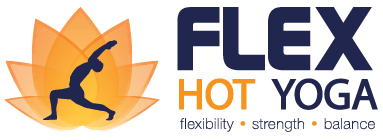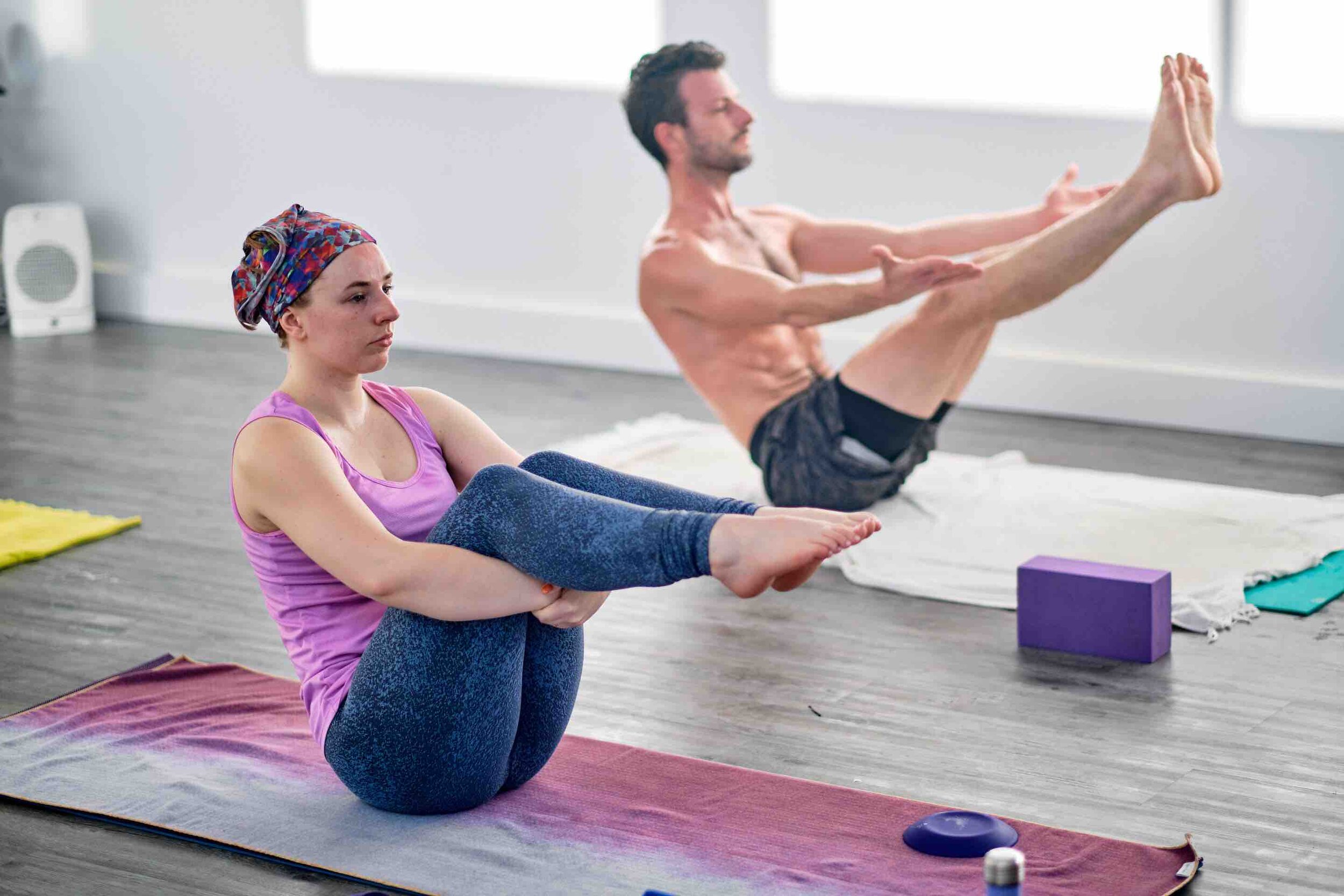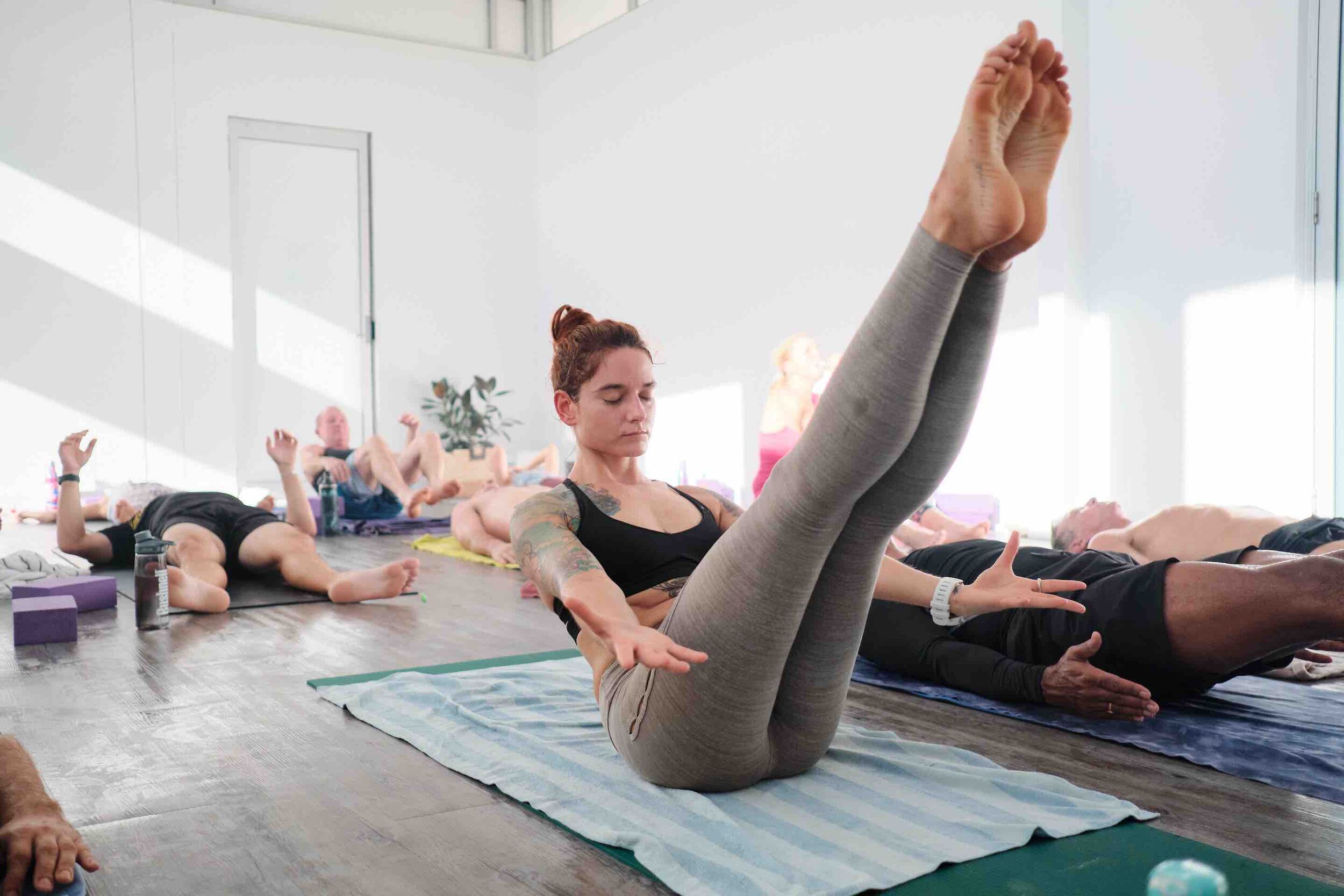Posture of the month: Navasana (Boat Pose)
“A ship in harbour is safe, but that is not what ships are built for.” (A. Einstein)
If there is anything we have done a-plenty in these last few months, it’s staying at home, in our respective safe ports. No going out beyond the absolutely necessary, and certainly no adventures. But just like boats aren’t meant to stay on safe shores forever, it’s time for us to come back out of hiding and face the world again, with all its storms and uncertainties, and all its joy and glory.
With Flex opening is doors again for face-to-face classes on 13 June, we will finally be in the same room again to practice. So be prepared to focus on Navasana as our POM, a posture to wake up your core and get back in shape in June.
In Sanskrit, the ancient language of the yogis, Navasana means 'Boat Pose', from Nava (boat) and Asana (seat or posture). A simple but challenging forward bend, Navasana requires and improves balance and strength in your core and back. It activates the Manipura Chakra (Solar Plexus) and therefore energises the body by increasing pitta, the fire element.
Some of the health benefits you can expect from practicing Navasana
Navasana activates the Lower Back, Core (Abs), Pelvic Muscles and Quadriceps. It…
Strengthens the hip: The higher you manage to lift your legs and the more vertical you take your torso, the stronger your hip flexors become.
Strengthens core and abdominal muscles: While practicing Navasana, the weight of the body should be balanced at the core. The repeated tightening of the core muscles will make them strong which is essential for the practice of many other yoga postures.
Stretches the spinal muscles and strengthens the spinal nerve: While in Navasana, the spinal muscles engage to keep the torso upright and tight. They work with the abdominal muscles and help keep the spinal cord strong.
Aids in building a strong back: As the weight of the body in Navasana is at the centre, the abdominal muscles do their work continuously. This brings about a good stretch to the lower back making it strong and firm. The strength of the back will be a great support for the hips to stay comfortable in this posture.
Improves the alignment of the entire body: With the upper torso and the lower body completely stretched, Navasana brings the body into perfect alignment, forming the letter ‘V’. Repeated practice will improve the alignment of the body: neck and shoulders are stretched out, the chest expands forward giving the spine its natural curve and the thighs and legs stretch out straight, balancing in the air.
Aids in improving digestion: With your core muscles at work, Navasana gives your abdominal organs a massage and can thus help improve your digestion.
Helps balance body and mind: With proper practice, you manage to increase your balance. This doesn’t only help on a physical level, but also provides some stress relief and can improve your concentration.
The mythology of the boat
In India, many waterways have a strong symbolic significance and are considered holy places (tirthas). As you might have noticed, many Indian rivers are named after the most notable goddesses: Ganges (Mother Ganga, the holiest river of Hinduism), Sarasvati (the Goddess of knowledge, wisdom and the arts), Yamuna (the loving Goddess of India’s 2nd most holy River, with the power to truly purify a person) and many more.
Through the ages, life has been envisioned by poets as a journey across turbulent waters, depending on Divine grace for safe passage. From old Greece and the myth of Odysseus, to Noah’s arc in the bible and the very similar story of Manu (the author of the Manu Samhita) who also built a ship to survive an all-destroying flood through Divine guidance.
Rama, Sita and the boatman
This story that we want to look at today, is from the Ramayana, the story of Rama, an avatar (manifest embodiment) of Vishnu, seen to be the example of an ideal king.
When Rama, his wife Sita and his brother Lakshman had to go into exile from Ayodhya (today the capital of the Faizabad district), they traveled to the Ganges river. Searching for a way to cross, they spotted a ferryman and called him over. However, the ferryman refused to let them embark, as he had heard of a story about Rama, turning a stone into a woman with the touch of his foot. (The woman, Ahalya, had been turned into said stone previously by a jealous rishi.) “How do I know you won’t turn my boat into some person, too?” he argued.
Eventually, he agreed to carry them across, but only if Rama would permit him to touch his feet to wash them. In India, this is a show of great respect and it is said to bring blessings to touch the feet of revered people, like teachers or elders. Once arrived, the ferryman refused to accept any payment and said “Lord Rama, tum bhi Khevat. You and I are brothers in the same profession. I carry people across the river, but you carry them across the ocean of samsara. Your name alone is enough to assure safe passage.” With that, Rama allowed him to touch his feet, and then the three walked on.
The significant element in this story are the avatar's feet, as they are the point at which the Divine energy connects with the earth, providing a link between earth and heaven. Initially, the touch of Rama's feet liberated Ahalya and transformed her from her “stuck” state. The ferryman, aware of the power of those feet, wished only to wash them and place his forehead on them to honour Rama.
In her beautiful article on the topic, Zo Newell explains that when people come to a Perfect Master and touch his feet with their hands, they lay the burden of their samskaras on him. He collects the samskaras from all over the universe just as an ordinary person, in walking, collects dust on his feet. There is a hoary custom that after the devotee has the darshana of a Master and falls at his feet, he washes the Master’s feet with milk and honey and places a coconut near them as his offering. Honey represents red samskaras, milk represents white samskaras, and the coconut represents the mind. Thus, this convention which has become established in some areas in connection with greeting the Masters really symbolises throwing the burden of all samskaras on the Master and surrendering the mind to him. Adoption of this inner attitude constitutes the most critical and important step which the aspirant must take in order to get initiated on the Path. (Discourses, Vol. II, p. 94) You might even say that the feet of a real master are both a tirtha and a boat - both a place that helps us cross from our ordinary state of confusion and entanglement over to the spiritual realm, and the vehicle that takes us across.
The symbolism of Navasana
Life is like a turbulent sea - a constant succession of ups and downs. Much as we wish to achieve a lifestyle that’s comfortable and balanced, the truth is that reality hits, over and over. The only way to achieve lasting peace is to look for it within, rather than placing our hopes in seemingly secure people, jobs, places or bank accounts. What can help us in steadying our mind and staying afloat in the ocean of material life is to focus on something higher: steady, reliable and motionless. An anchor - whether in the form of faith, a spiritual guide or master, or simply the awareness that whilst we can’t control what’s going on around us, we always have the choice of controlling how we respond, and who we choose to be, amidst our challenges.
As you are practicing Navasana this month, you could contemplate:
Are there any areas in my life that feel like a turbulent sea? And if so, how can I steady myself from within? What can I choose to focus on that provides me with steadiness and guidance?
Who are the people I’m looking to for guidance? And who is seeking guidance and looking at me? How can I honour my teachers and elders? And how can I honour the wisdom that resides within me?
Where in my life am I playing it safe and refusing to ‘venture out to sea’? How is it serving me to avoid this risk?
And as always, remember to come along to Flex regularly and practice with us! There are over 25 classes/week, and we will practice Navasana daily during all of June 2020!
Gratitude goes to the authors of the resources for this post
The main inspiration for this article were
1) An article about Navasana on tummee.com and
2) For the 2nd time, an article by yoga teacher Zo Newell, PhD. for Yoga International.








